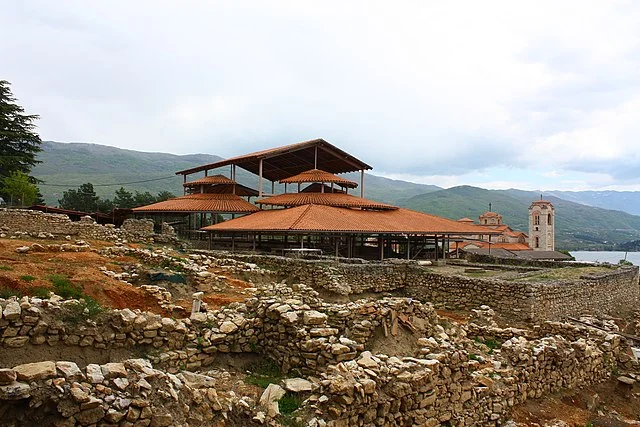Plaošnik is an important archaeological site located in the city of Ohrid, North Macedonia. It is historically significant due to its religious and cultural importance during both the Roman and Byzantine periods.
Get your dose of History via Email
Historical Significance
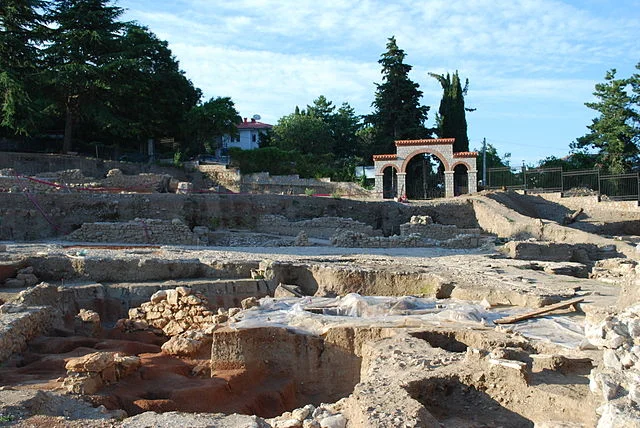
The area of Plaošnik has been inhabited since the prehistoric era, but it gained prominence in the 4th century AD. It became a center of Christian activity after Saint Clement of Ohrid arrived there in the 9th century AD. Saint Clement, one of the disciples of Saints Cyril and Methodius, is credited with spreading Christianity and literacy among the Slavic peoples of the region. He established a monastic school, which contributed to the Christianization of the Slavs.
The Church of Saint Clement
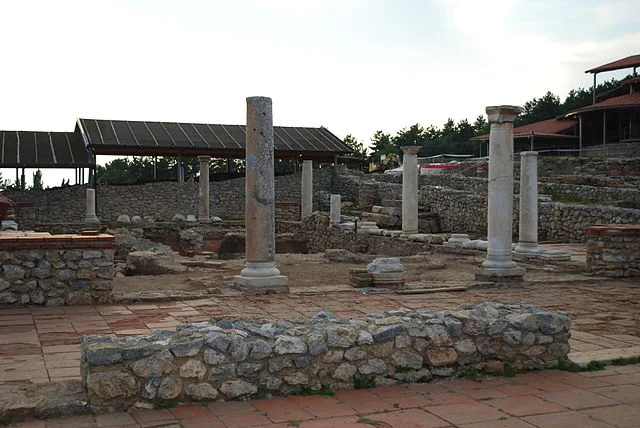
One of the most notable features of Plaošnik is the Church of Saint Clement. It was originally built in the 9th century AD, but the current structure was reconstructed in the 2000s based on archaeological findings. The church is part of a larger monastic complex that was dedicated to Saint Clement, who is considered one of the patron saints of the region.
The church’s architecture reflects the typical Byzantine style of the period, with a cross-in-square plan and richly decorated interiors. The site is believed to have housed the remains of Saint Clement, making it a major pilgrimage destination for early Christians.
Excavations and Discoveries
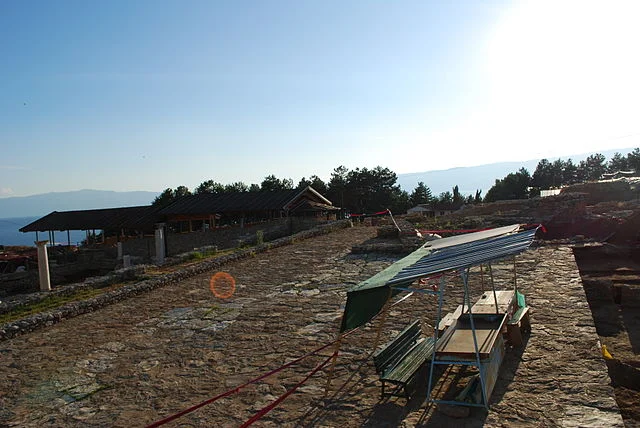
Archaeological excavations at Plaošnik began in the 1950s and have revealed a wealth of information about the site’s history. The most important discovery was the remnants of the early Christian basilica and the monastic complex. The site also revealed several inscriptions, frescoes, and artifacts from the Byzantine period.
Among the notable finds are a series of tombs, pottery fragments, and stone carvings that date back to the Roman and early Christian periods. These findings offer valuable insight into the religious and cultural practices of the time.
The Roman and Early Christian Layers
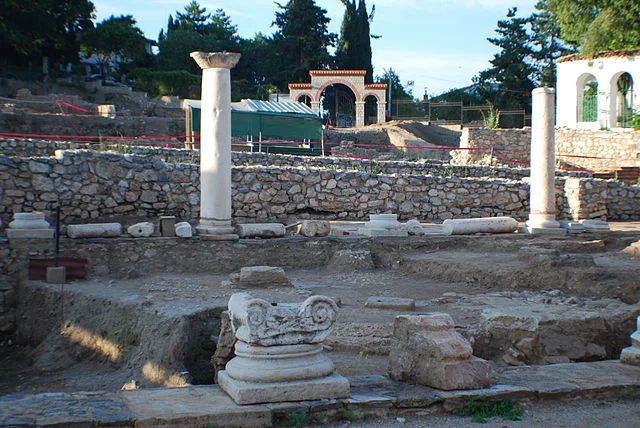
Before the construction of the Christian church, Plaošnik was part of the Roman city of Lychnidos, which later became Ohrid. Archaeologists have uncovered the remains of a Roman theater and other structures that date back to the 2nd century AD. These remains indicate that Plaošnik was an important urban center in Roman times.
The shift from Roman to Christian influence can be seen in the transformation of the area. The construction of the Church of Saint Clement and other religious buildings marked the region’s gradual conversion to Christianity.
Preservation and Significance Today
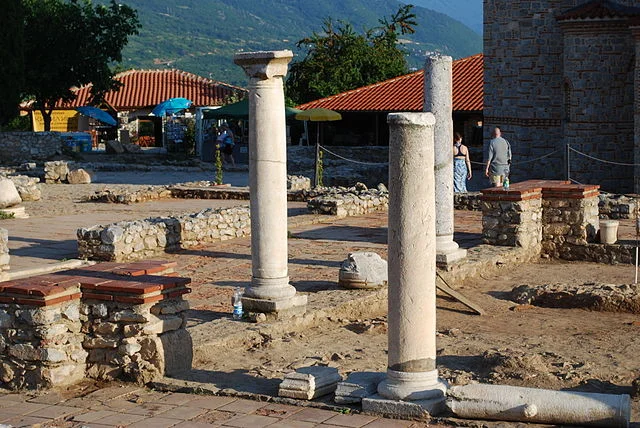
Today, Plaošnik stands as an important cultural and religious landmark. It draws visitors and scholars from around the world, particularly for its connection to Saint Clement and the early Slavic Christian tradition. The site is part of the UNESCO World Heritage-listed Ohrid region, which includes other ancient sites of cultural significance.
The preservation efforts undertaken in recent years have helped protect the church and the surrounding archaeological layers. These efforts ensure that future generations will have access to this historically rich site.
Conclusion
Plaošnik remains a crucial site for understanding the history of the region and the spread of Christianity in the Balkans. Its combination of Roman and Byzantine heritage, along with its connection to Saint Clement of Ohrid, makes it a key location for historians and archaeologists alike. Through ongoing research and preservation, Plaošnik continues to provide valuable insights into the cultural and religious history of the area.
Source:

